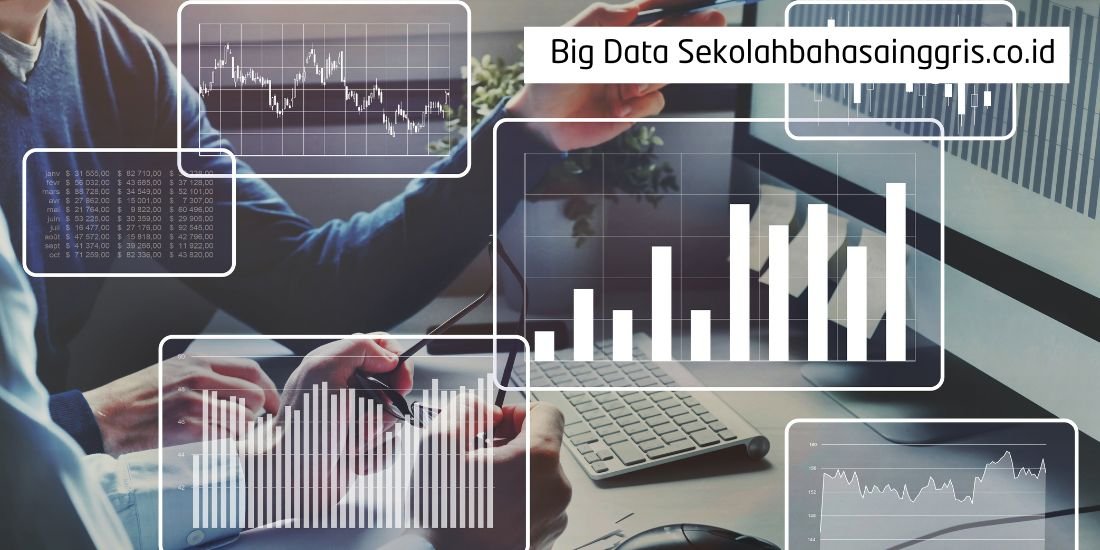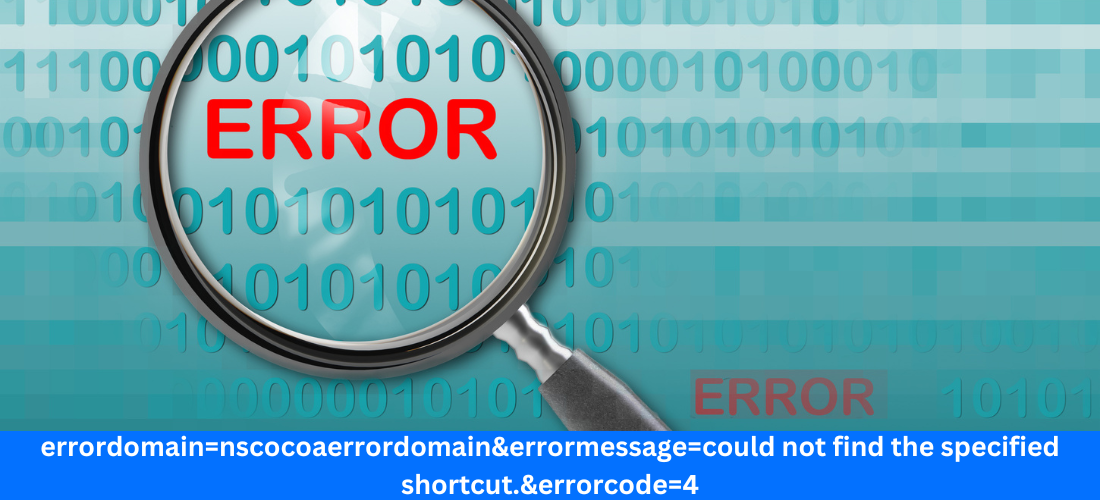Big Data Sekolahbahasainggris.co.id is not just a buzzword; it’s a transformative force that is reshaping industries, including education. Imagine harnessing vast amounts of information to tailor learning experiences for every student. From understanding their preferences to predicting their needs, big data opens up endless possibilities.
At sekolahbahasainggris.co.id, we recognize the potential of big data in revolutionizing language learning and educational strategies. Schools today are no longer confined to traditional teaching methods. Instead, they can leverage analytics to create customized pathways for students’ success.
Join us as we delve into what big data truly means and explore its impactful role in modern education systems. Whether you’re an educator, administrator, or simply curious about the future of learning, this deep dive will uncover how embracing big data can elevate educational experiences like never before.
What is Big Data Sekolahbahasainggris.co.id?
Big Data Sekolahbahasainggris.co.id refers to the vast volumes of structured and unstructured information generated every second. It encompasses everything from social media posts and online transactions to sensor data and educational assessments.
Unlike traditional data, big data is characterized by its three Vs: volume, velocity, and variety. Volume indicates the sheer amount of information collected, while velocity reflects how swiftly this data streams into systems. Variety highlights the diverse formats in which data exists—text, images, videos, and more.
Processing such large datasets requires advanced technologies like artificial intelligence and machine learning. These tools help extract meaningful insights that can guide decision-making across various sectors.
In education specifically, big data helps educators understand student behaviors better than ever before. This enables institutions to create personalized learning experiences tailored to individual needs.
Read Also: 5StarsStocks AI | Girl:xgcs7wr6sbi= Roblox
The Importance of Big Data Sekolahbahasainggris.co.id in Today’s World
Big data has transformed how we operate in various sectors. It enables organizations to analyze vast amounts of information, leading to more informed decisions.
In today’s world, every interaction generates data. From social media posts to online purchases, this digital footprint provides critical insights into consumer behavior and preferences.
Businesses leverage big data for marketing strategies, optimizing operations, and enhancing customer experiences. They can predict trends before they become mainstream.
Moreover, governments utilize big data for urban planning and public health initiatives. Analyzing patterns helps improve citizen services and allocate resources more effectively.
Education systems are also recognizing its significance. By understanding learning behaviors through analytics, institutions can tailor curriculums that meet student needs better than ever before.
The ability to harness such power is no longer optional; it is essential for growth and innovation across the globe.
How Schools and Education Systems Can Benefit from Big Data Sekolahbahasainggris.co.id
Schools and education systems can harness Big Data Sekolahbahasainggris.co.id to transform their operations. By analyzing student performance, educators can pinpoint areas that need attention. This targeted approach fosters personalized learning experiences.
Moreover, big data helps in resource allocation. Schools can identify which programs are effective and which require enhancement. Such insights lead to better budgeting decisions and improved educational outcomes.
Big data also facilitates real-time feedback for teachers and students alike. Continuous assessments allow adjustments in teaching methods before issues escalate.
Understanding demographic trends through big data enables schools to cater effectively to diverse populations. Tailored strategies ensure inclusivity and equal opportunities for all learners across the board.
Benefits of Using Big Data Sekolahbahasainggris.co.id in Language Learning
Big data transforms language learning into a personalized experience. By analyzing student performance and preferences, educators can tailor lessons to meet individual needs. This leads to more effective engagement.
Moreover, big data identifies trends in learning styles. Instructors gain insights into which methods resonate best with students. This adaptability fosters a supportive environment for diverse learners.
Timely feedback is another advantage. With real-time analytics, teachers can quickly adjust their strategies based on student progress. This responsiveness enhances motivation and retention of information.
Additionally, big data can help track vocabulary acquisition and grammatical proficiency over time. Students are encouraged to take ownership of their learning journey through targeted resources that match their skill levels.
Incorporating cultural context becomes seamless with big data analytics. Language isn’t just about words; it’s also about understanding cultures, making the learning process richer and more meaningful.
Real-Life Examples of Schools Implementing Big Data Sekolahbahasainggris.co.id
Schools worldwide are increasingly harnessing the power of big data to enhance educational outcomes. For instance, a high school in California utilized predictive analytics to identify students at risk of dropping out. By analyzing attendance patterns and academic performance, they developed targeted interventions that improved retention rates.
In another example, a university in Australia implemented big data tools to tailor course offerings based on student interests and job market trends. This approach not only elevated student engagement but also increased graduates’ employability.
A language institute in Europe leveraged data analytics to personalize learning experiences for its students. Through continuous assessment tracking, instructors could modify lesson plans according to individual progress and needs.
These real-life examples illustrate how schools can transform their educational strategies using big data insights effectively. Each case showcases innovative solutions tailored for different challenges within the education landscape.
Case Studies of Schools Using Big Data Sekolahbahasainggris.co.id to Improve Education
One school in California utilized big data analytics to track student performance more effectively. By analyzing patterns in test scores and attendance, they identified struggling students early on. This proactive approach allowed educators to offer tailored support.
Another case from a New York City high school showcased the use of predictive modeling. Teachers could foresee potential dropouts by examining various indicators such as engagement levels and grades. With this insight, they implemented personalized intervention plans to retain at-risk students.
In an international example, a university in Singapore adopted big data tools for course evaluations. They collected feedback through multiple channels and analyzed it to enhance teaching methods and curriculum design. As a result, courses became more aligned with student needs.
These examples illustrate how schools harness the potential of big data, transforming educational strategies while fostering better learning environments for all students.
Challenges and Limitations of Implementing Big Data in Education
Implementing big data in education comes with its own set of challenges. One major hurdle is the sheer volume of data. Schools often struggle to manage and analyze vast amounts of information effectively.
Data privacy is another pressing concern. With sensitive student information at stake, institutions must navigate strict regulations to protect personal data. This can deter schools from fully embracing big data technologies.
Additionally, there’s a skills gap among educators. Many teachers lack the necessary training to interpret and utilize big data insights effectively.
Costs also play a significant role. Investing in infrastructure, software, and professional development can be daunting for cash-strapped educational institutions.
Resistance to change can stifle innovation within schools that are accustomed to traditional teaching methods. Overcoming these barriers requires collaboration and commitment across all levels of the education system.
Tips for Schools to Begin Utilizing Big Data Sekolahbahasainggris.co.id
Starting with big data can seem daunting, but schools can take practical steps to ease into it.
First, identify specific goals. Knowing what you want to achieve—be it improving student performance or enhancing curriculum development—is crucial.
Next, invest in training for faculty and staff. Understanding how to interpret data will make a significant difference in implementation.
Collaborate with tech experts who specialize in educational analytics. Their insight can guide the integration process effectively.
Begin small by focusing on particular areas like attendance tracking or assessment scores. This allows for manageable growth without overwhelming resources.
Ensure that students’ privacy is prioritized throughout this journey. Transparency builds trust and encourages participation from all stakeholders involved in education.
These simple yet effective strategies create a strong foundation for leveraging big data strategically within your institution.
The Future of Big Data Sekolahbahasainggris.co.id in Education
The future of big data in education is both exciting and transformative. As technology advances, schools will leverage vast amounts of information to tailor learning experiences for individual students.
Predictive analytics will play a crucial role. By analyzing historical performance data, educators can identify at-risk students and intervene before issues escalate. This proactive approach could revolutionize how support systems are designed.
Moreover, personalized learning pathways will become increasingly common. Big data allows teachers to adapt lesson plans based on real-time student feedback, creating more engaging environments.
Data-driven insights can also enhance curriculum development. Schools can pinpoint which teaching methods yield the best results, ensuring resources are allocated effectively.
Collaboration between institutions may thrive as well. Sharing anonymized data sets can lead to richer research opportunities and innovative strategies across educational landscapes.
Read Also: 72 Sold And Houzeo | Midty SSHD for 500GB 2.5″ SATA 3 GB/s in Morocco
Conclusion
Big Data Sekolahbahasainggris.co.id has become a game-changer in the education sector. Its potential to transform how students learn and teachers instruct is immense.
Schools that embrace big data can tailor their approaches, making learning more personalized and effective. This adaptability fosters an environment where every student can thrive.
As technology continues to advance, the integration of big data within educational frameworks will only grow deeper. The insights gained from analyzing learning patterns will empower educators to make informed decisions.
Investing in tools and training for staff is essential now more than ever. Schools should build a culture that values data-driven strategies for continuous improvement.
The future holds exciting possibilities as institutions harness this powerful resource, paving the way for enhanced language acquisition and beyond at sekolahbahasainggris.co.id.
FAQs:
What exactly is big data?
Big data refers to large volumes of structured and unstructured information that can be analyzed for insights. It includes anything from students’ academic performance to behavioral patterns.
How does big data benefit language learning specifically?
By analyzing learner interactions, educators can tailor their approaches, providing personalized resources that cater to each student’s unique needs.
What challenges do schools face when implementing big data technologies?
Schools may encounter issues such as limited budgets, insufficient training for staff, or concerns regarding privacy and security of student information.
Are there specific tools recommended for utilizing big data in education?
Several platforms specialize in educational analytics—tools like Google Analytics for Education or Tableau offer user-friendly interfaces ideal for schools looking to delve into their own datasets.
Can small schools also leverage big data strategies?
Absolutely! Even smaller institutions can implement basic analytics practices with minimal investment by focusing on key metrics that matter most to them.
Is it too late for traditional school systems to adopt these practices?
No—it’s never too late. With gradual integration strategies, any institution willing to adapt has the opportunity to unlock valuable insights through big data analysis.




